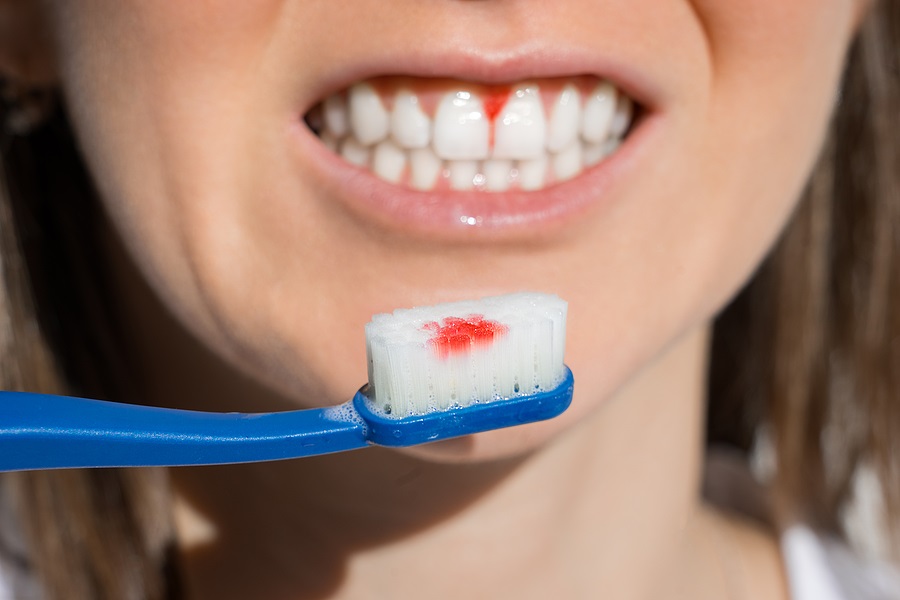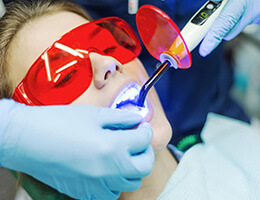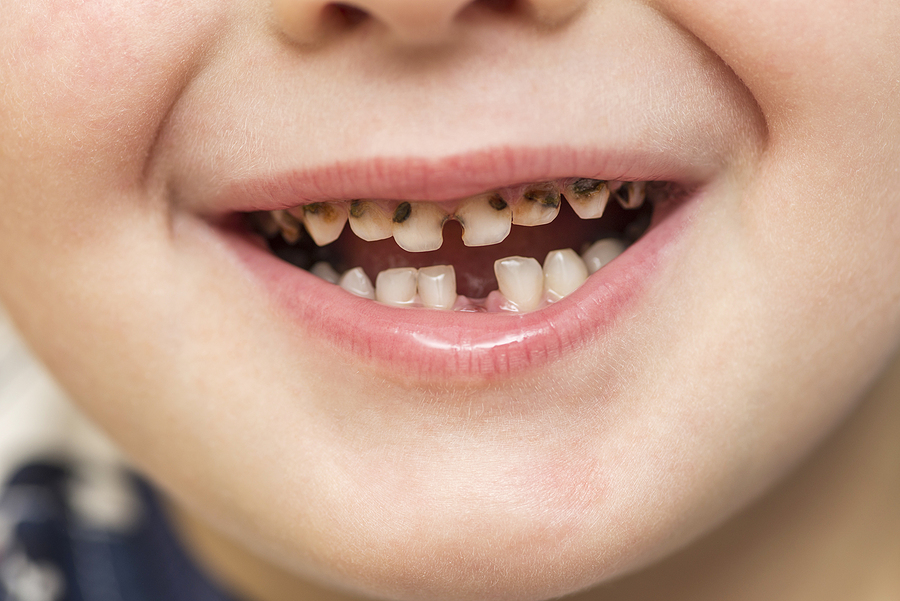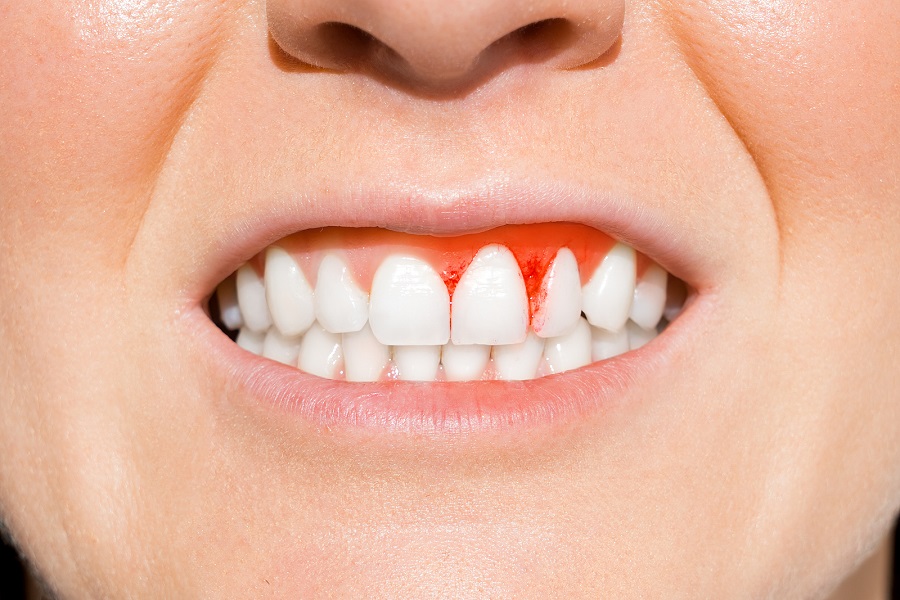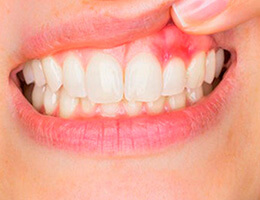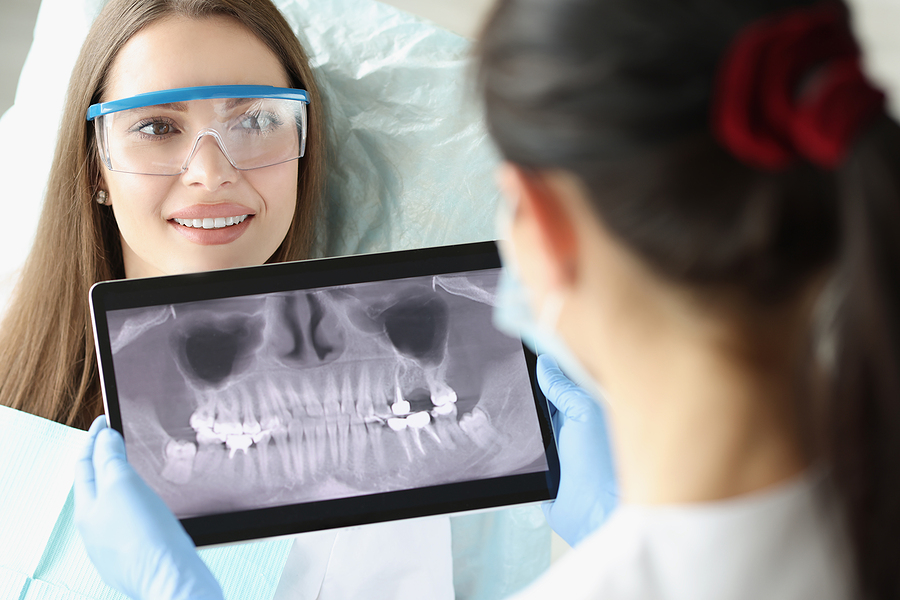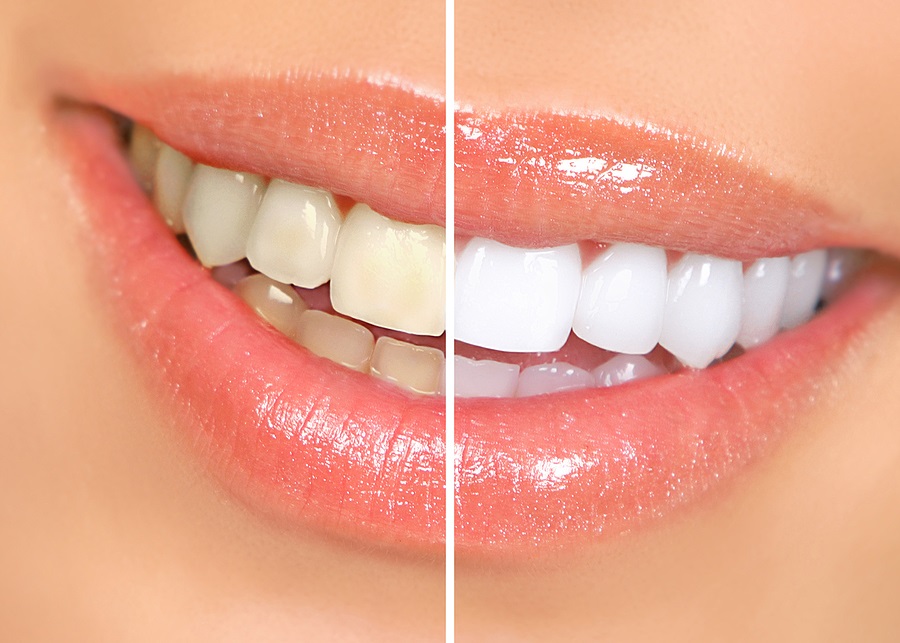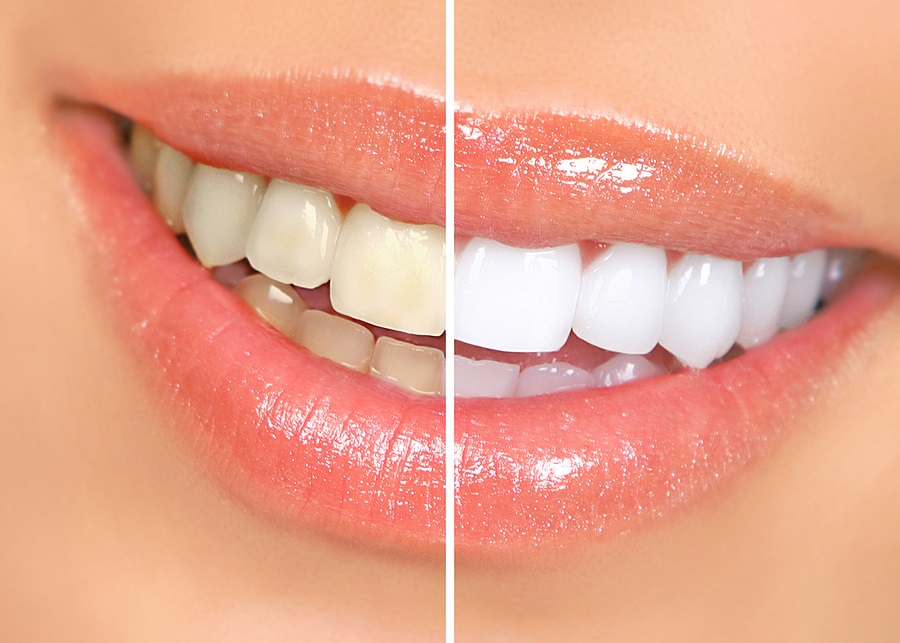Periodontal Disease and Diabetes
Periodontal disease or periodontitis is the advanced form of gingivitis, which mainly affects the gum tissues surrounding the teeth. This happens due to the accumulation of bacteria on your teeth in the form of plaque. The bacterial growth spreads beyond the gum line and deteriorates the roots of the teeth.
There are four stages in this disease, among which gingivitis and chronic periodontitis are the most common forms. If the disease is not prevented at its early stages, it can lead to other health issues as well, among which diabetes is a prominent one.
Causes of Periodontal Disease
Plaque forms on the teeth’ surface after every two to three days. If not brushed regularly, this plaque hardens and forms tartar which is difficult to remove. The bacterial growth then creates periodontal pockets in gums that provide room for more bacteria. This slowly forms gaps between the teeth and gums, loosening the teeth in the process.
Individuals with genetic factors, hormonal changes in women during pregnancy, and patients with diabetes are likely to get affected by the disease more than a normal individual.
What are the Signs and Symptoms of Periodontal Disease?
- The first sign is a film of yellow bacteria on your teeth
- Swollen and inflamed gums
- Presence of a bad breath and metallic taste in the mouth
- Teeth shift in the jaw, creating gaps between them
- A continuous pain, especially while brushing, chewing, etc.
- Teeth appear longer due to receding gums.
Periodontal Disease and Diabetes
Diabetes is a condition of high concentrations of sugar in the blood. Diabetes and periodontitis often have a two-way relationship as they influence each other. Periodontal disease can occur in a person with uncontrolled blood sugar, or periodontal disease can induce high blood sugar levels in an individual.
The thickened blood vessels hinder the discharge of nutrients and reduce blood flow, weakening the gums even more. The bacterial infection also causes blood sugar to rise.
How to Treat Periodontal Disease?
- The dentist will explain the causes of periodontitis.
- You would go through a professional cleaning session to get rid of the hardened plaque and bacterial deposits from the gum pockets, after which the teeth are then treated with fluoride.
- Antibiotic medications are prescribed.
- After a few weeks, the dentist checks for bleeding gums and the depth of the gum pockets with the help of dental probes.
- If the depth is more than 3mm, bacterial growth and deposits are removed via surgery. After local anesthesia, the gum is elevated using dental tools, and the root surfaces are cleaned.
Please reach out to Persimmon Dental Care in Dublin, CA, to have a consultation with our dentists. Please call us at (925) 999-8282 or schedule an online consultation, and we’ll guide you further.
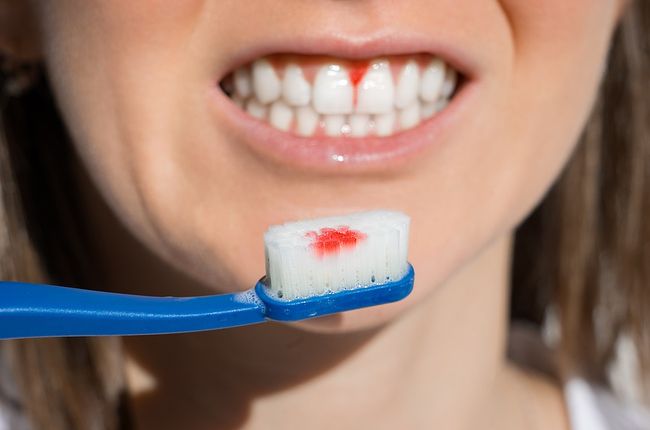
Periodontal Treatment

Periodontal diagnosis

Sedation Dentistry

Laser Dentistry

Early Orthodontic Treatment

What’s the Best Toothpaste for My Child?

Sealing Out Tooth Decay

Good Diet

How can fluoride prevent tooth decay?

Care for Your Child’s Teeth

First Visit

How Often Should Children Have Dental Checkups?

When Should Children Have Their First Dental Visit?
Office Hours
MON - FRI 9:00 am - 6:00 pm
SAT - SUN Closed

